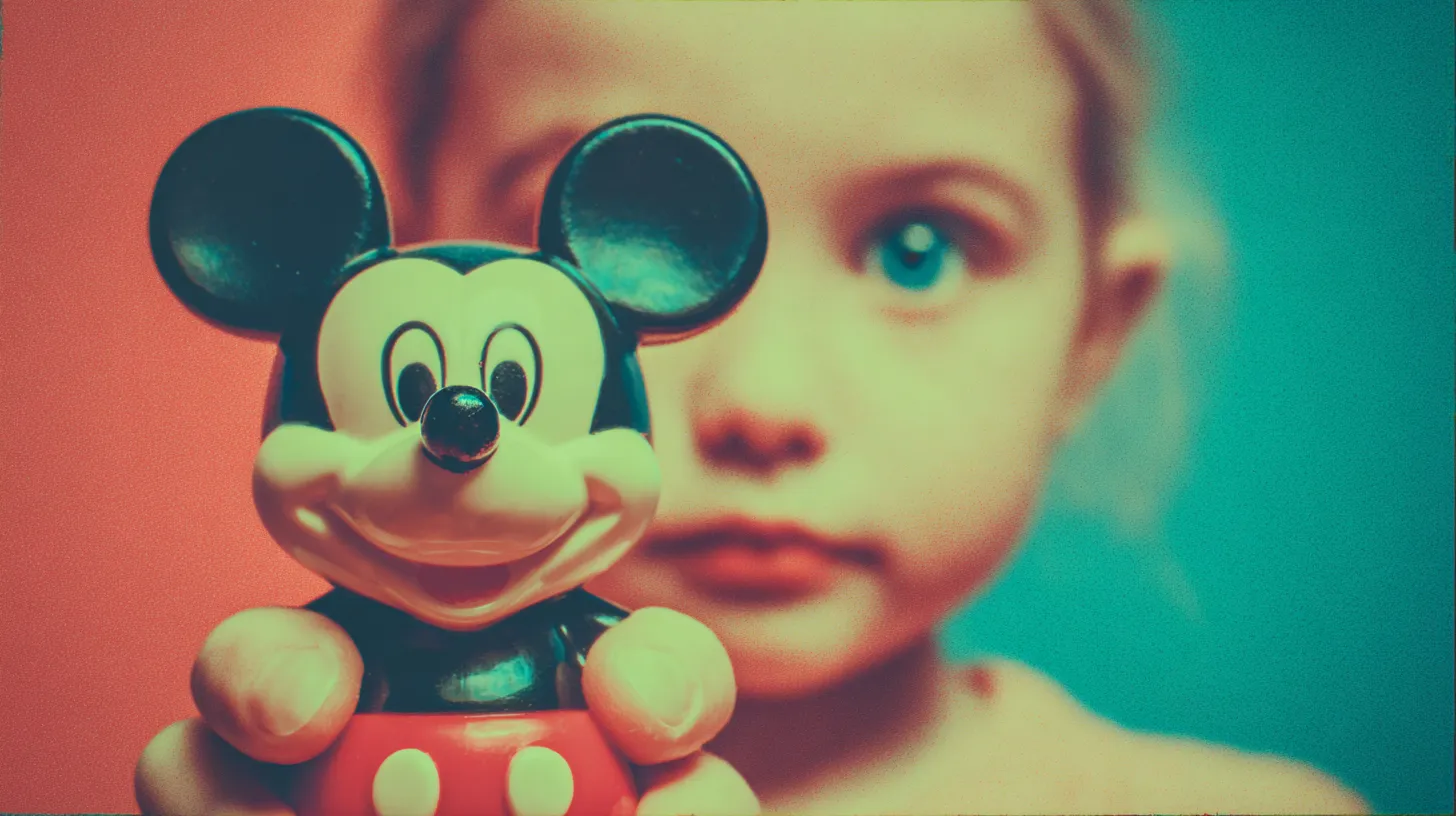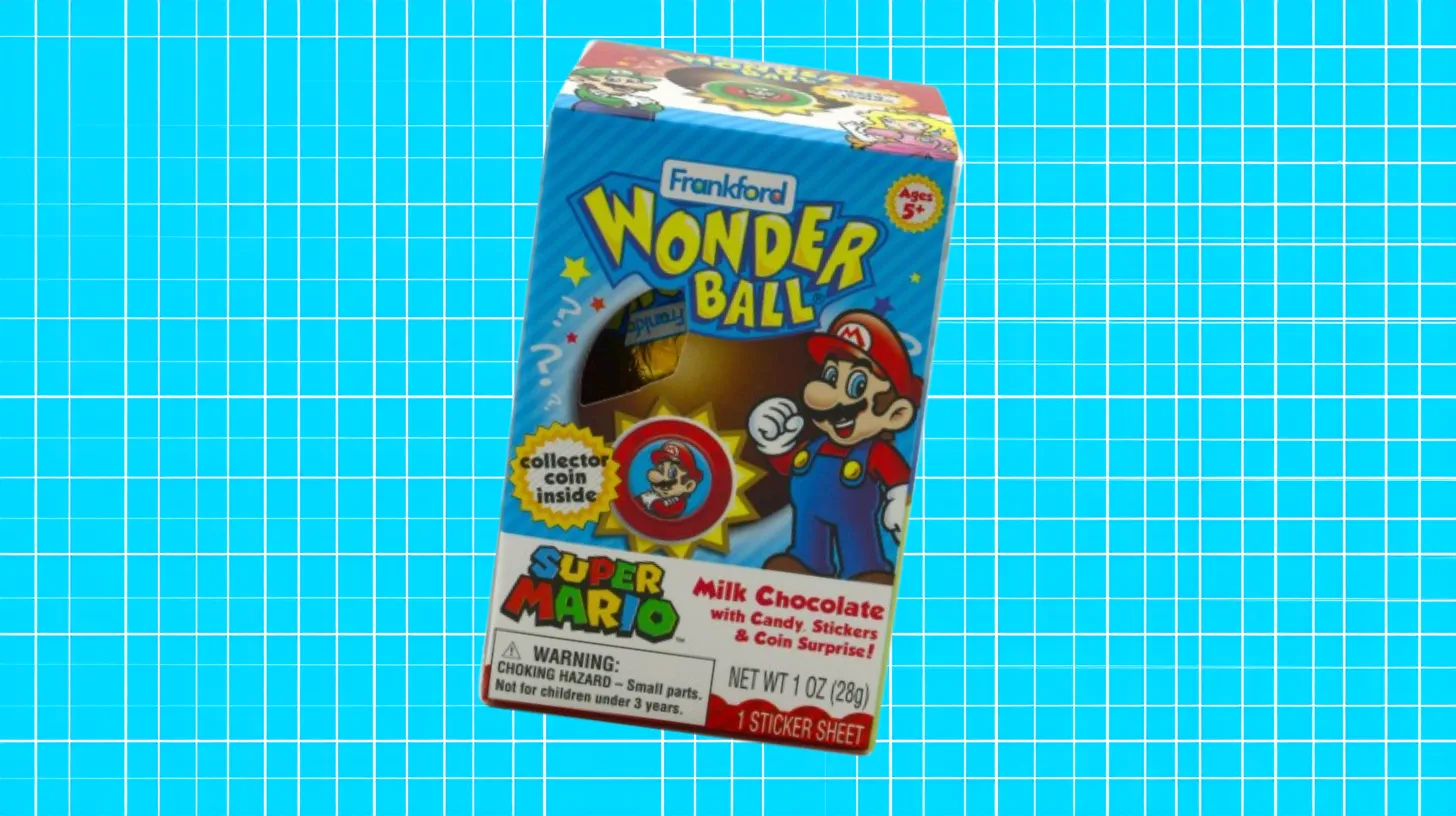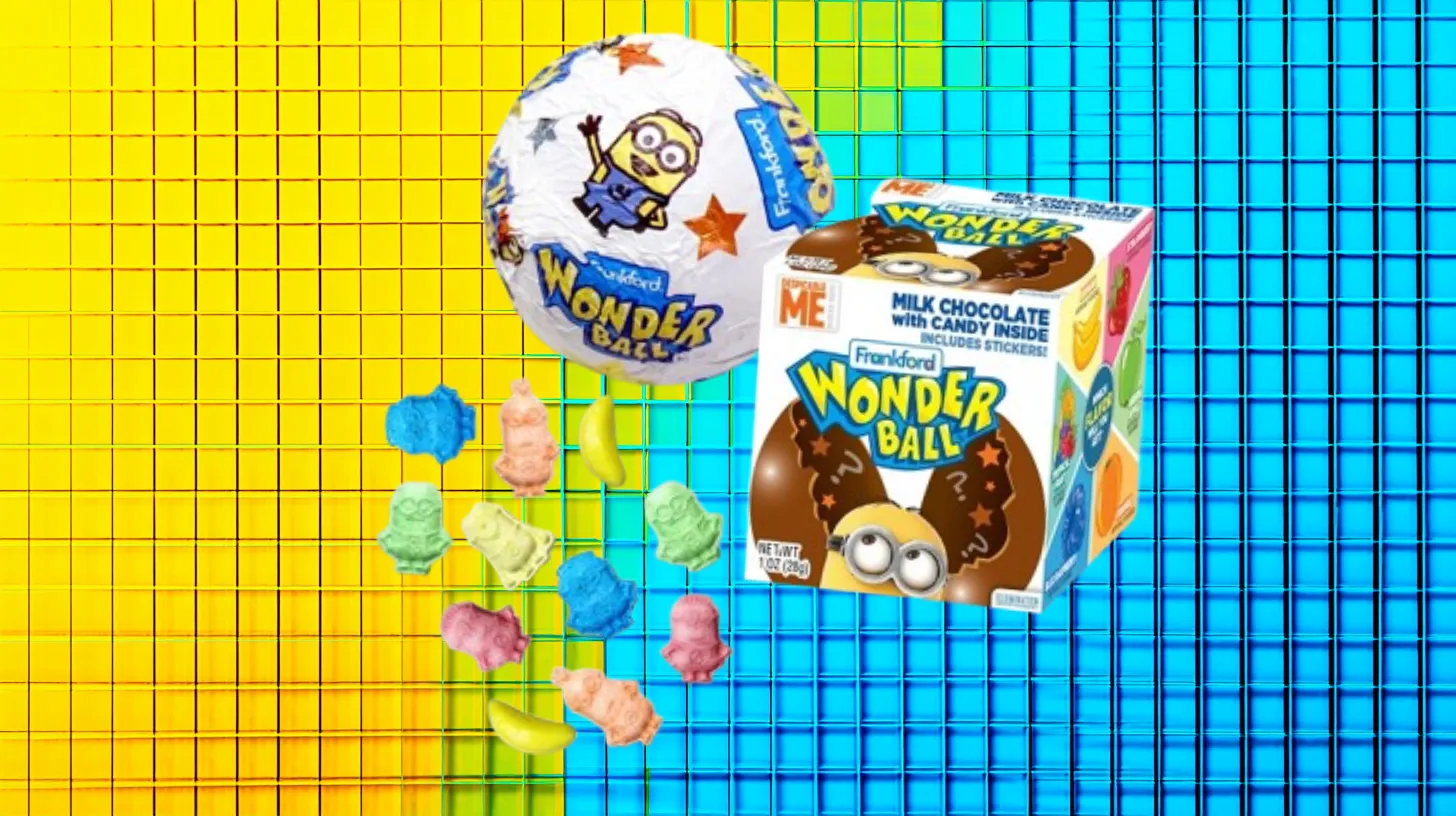.webp)
Nestlé
What if a simple chocolate ball could spark nationwide debates, survive regulatory battles, and capture the hearts of multiple generations? The Wonder Ball did exactly that.

It’s the mid-1990s, kids are trading Pokémon cards, and Disney movies are ruling the box office. Nestlé had a brilliant idea. They looked across the ocean at Europe’s wildly popular Kinder Surprise eggs and thought, “Why can’t American kids have this magic too?”
So they developed the Nestlé Magic Ball.
The candy ball featured three grams of hollow milk chocolate, wrapped in shimmering foil, hiding tiny Disney figurines inside. It provided kids with candy and a treasure hunt at the same time.
The marketing jingle became embedded in every ’90s kid’s memory: “What’s inside Nestlé Magic Ball? What’s inside the sparkling foil?... Wow it’s Hercules! Wow it’s Simba!”
The European launch in 1995 featured exquisitely detailed Lion King and Pocahontas figures. And they weren’t cheap plastic toys. They were miniature collectibles that kids cherished long after the chocolate was gone.

When the Magic Ball crossed the Atlantic in 1997, it carried the same promise of wonder. American children could finally experience what their European counterparts had enjoyed for years. The shelves filled with 101 Dalmatians and Hercules-themed balls, each one a mystery waiting to be unwrapped.
But success attracted scrutiny.
Consumer protection groups and competitor companies began raising alarms. The very feature that made Magic Balls special—the surprise toy inside—became their greatest vulnerability. “Choking hazard,” they declared. “Children could be hurt.”
The concerns reached their peak when regulators pointed to a 1938 federal law prohibiting non-food items inside candy. Despite Nestlé’s protests that the toys were safe, despite no confirmed deaths from choking, the pressure proved insurmountable.
In 1997, just as quickly as it had captured America’s imagination, the Magic Ball was discontinued.

But great ideas don’t die easily.
Three years later, in April 2000, Nestlé brought back their chocolate surprise. But this time, they called it the Wonder Ball, and instead of toys, it contained candy pieces shaped like beloved characters.
The magic was different but still there. Kids could still wonder “What’s in the Wonder Ball?” as they cracked open the chocolate shell to discover fruity candies molded into Disney shapes. The partnerships continued. Disney, Pokémon, Cartoon Network, Care Bears, and SpongeBob SquarePants all lent their characters to the cause.
For four years, the Wonder Ball thrived in this new form.

In 2004, Nestlé sold the brand to Frankford Candy & Chocolate Company, a move that seemed logical at the time.
Frankford launched SpongeBob-themed Wonder Balls with enthusiasm, but corporate partnerships proved tricky. Nickelodeon introduced nutritional guidelines that the Wonder Ball couldn’t meet. By 2007, Frankford quietly discontinued Wonder Ball.
During those silent years, the Wonder Ball’s legend only grew. Social media buzzed with nostalgic posts. Petition drives launched. Facebook groups formed. By the time anyone was counting, 400,000 social media fans were actively campaigning for its return.
The candy had become bigger than itself.

In February 2016, Wonder Ball was relaunched and partnered with Despicable Me 2, featuring Minion-shaped candies that delighted both kids discovering Wonder Balls for the first time and adults reliving their childhood memories.
The success was immediate and undeniable. Within a year, Wonder Ball products generated over $11 million in sales. The brand expanded rapidly. Disney themes, Shopkins, Super Mario, Paw Patrol, and even Halloween specials. Frankford introduced Wonder Ball Minis for sharing and Wonder Ball Plus Prizes that brought back small toys in separate capsules.
Today, as you walk down any candy aisle, you’ll find Wonder Balls sitting proudly on the shelves. Each 3-gram sphere carries three decades of candy fun.